W3C web graphics standards
Max Froumentin
Outline
- W3C
- What's new
- The interaction domain
Contents
I: Specifications
II: Integration
Part I: Specifications
- SVG
- SMIL
- Timed-Text
- XHTML
- CSS
- Multimodal
Specs: SVG
SVG Mobile Profiles
- Recommendation since Jan 2003
- Defines two profiles:
- SVG Tiny: mobile phones
- Complex text, filters, opacity, scripting
- Adopted by 3GPP for MMS
- SVG Basic: PDAs
- Simplified scripting, animation
SVG 1.2
- Second working draft released Apr 2003
- New:
- rendering arbitrary XML
- flowing text
- adds: audio/video
Demo
SVG Print
- Requirements document published Feb 2003
- No animation or scripting
- Color reproduction
- Page layout
- Multiple part (fonts, images) aggregation
SMIL
- SMIL 2 Recommendation since Aug 2001
- Animation markup included in SVG
- 3GPP has defined a profile of SMIL for MMS messages
- Implementations: Qi mobile browser, X-Smiles, RealOne, IE, etc.
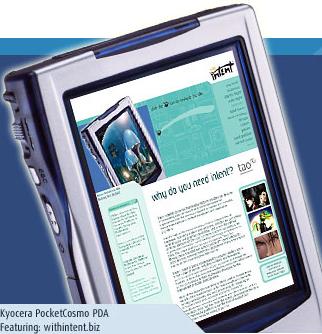
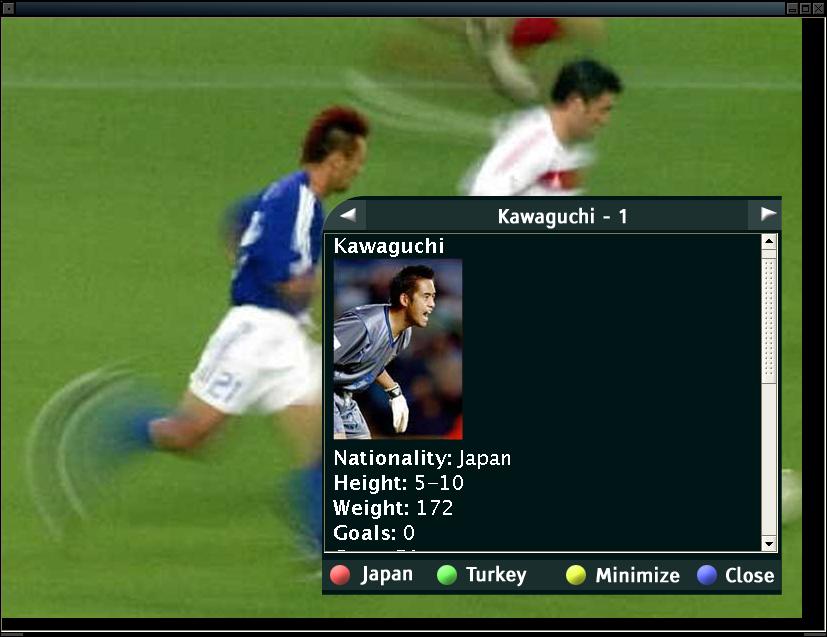
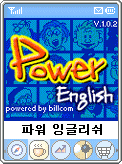
Timed-Text
New working group
- movie subtitling
- captioning for accessibility
- scrolling news items
- karaoke
- film credits

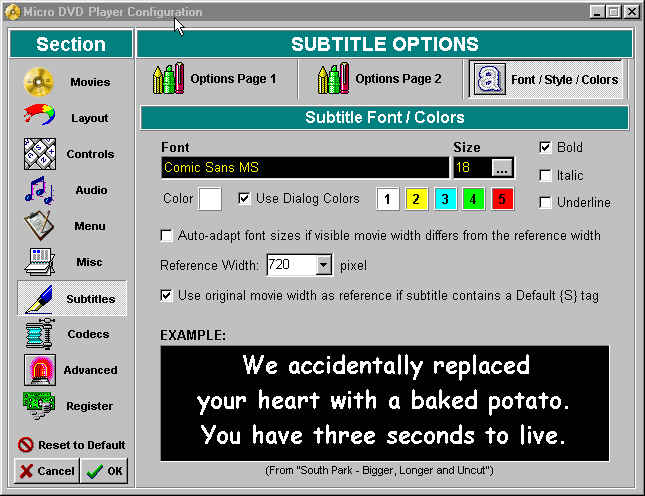
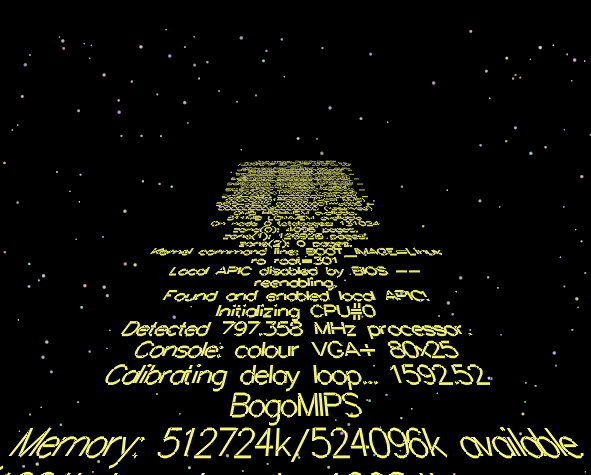
Timed-Text Requirements
15 May 2003: Use cases and
requirements document
- suitable for text captioning
- allows for description of content
- streamable, user-customisable, etc.
- internationalised
XHTML2 / XForms / XFrames / XEvents
A new HTML
- Cleans up HTML, but not backwards compatible
- Leaves presentation to CSS
- Fully XML
- Modular
A new forms language
- Content cleanly split from presentation: abstract controls and
presentation bindings
- Controls can be tied to other fields: activate, default value, etc.
- Can return any XML instance, following a given template
- Support for XML Schema types: date, float, etc.
Example
Currently a Candidate Recommendation
A new frames language
XFrames: to fix the usability of HTML frames
- The back button
- Bookmarking
- Trapped in a frameset
- etc.
CSS
Styling HTML and XML
CSS2
- 4 years old, but doing well
- Modern browsers now fully implement it (example)
- Allows attractive designs but remains simple and accessible
CSS3
- Many new properties: color, internationalisation, pagination, footnotes, etc.
- Profiles for mobile devices, interactive TV
Multimodal Interaction
- Voice, Handwriting, Keyboard: all at once
- Mobility: mobile phones, PDAs, cars...
- The Web is the main application:
- A lot of information out there
- Systems will use HTTP, SOAP, RDF, etc.
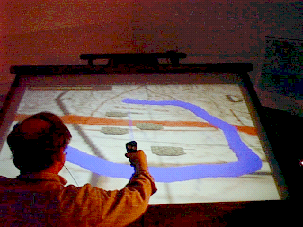


Multimodal Interaction (2)
W3C started a Working Group on 2002
- Definition of a Framework
- Components:
- Ink, Voice
- System and Environment
- Merging Information
- Annotating input

More on multimodal interaction
Part II: Integration
- Component integration
- Device integration
Component integration
How to handle mixing namespaces
<html xmlns="http://www.w3.org/1999/xhtml">
<head><title>Example</title></head>
<body>
<h1>Mixed sample</h1>
...
<svg xmlns="http://www.w3.org/2001/svg">
...
<math xmlns="http://www.w3.org/1998/MathML">
...
</math>
</svg>
<body>
</html>
Component integration (2)

Component integration (3)
Does monolithic software work? X-Smiles,
Mozilla
- Also: defining interactions:
- But: problem if integrating
modules from different vendors (plug-ins)

Component extensions
- Goal define an API for plug-ins
- Requirements:
- Rendering: allocation of boxes, line breaks
- propagation of events, CSS
- Error handling
- Nesting/reentrance
- ...
Device integration
Fewer computers are desktop machines.
Old specifications are big and inadapted to small devices
Therefore, a lot of specs are being modularised:
- CSS: TV Profile, Mobile Profile, Media Queries
- XHTML Modularization
- SVG: Basic and Tiny profiles
Device Independence
A complete device independence framework
- Avoid fragmentation
- Help device manufacturers
- Help content writers
Device Independence: How?
- CC/PP: a language for device description and user preferences
- content adaptation mechanisms (client/server, etc.)
- Authoring guidelines
Multimodal Interaction
Same as CC/PP for device description, but extended requirements:
- Concurrent input and output devices
- Environmental factors: geographical position, surrounding noise...
- Session migration: car to pda to phone, etc.
What you should remember
- W3C standards evolve and adapt
- Accessible
- Open
Get involved!
www.w3.org
mf@w3.org













